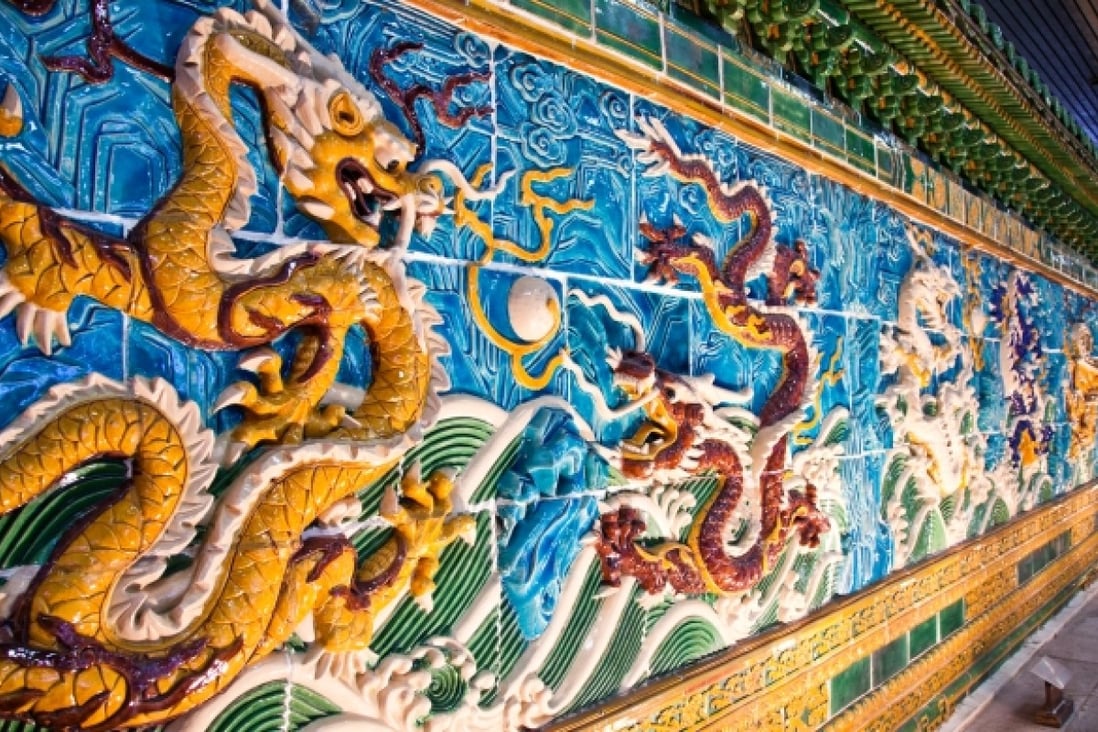Fall of the Wall
A valuable ceramic wall is destined for the storage shed. Grace Tsoi investigates why Hongkongers aren’t protesting the move.
The Nine Dragons Wall doesn’t match its surroundings. For decades the bright ceramic facade has sat on the ground level of the China Resources Building in Wan Chai, surrounded by gray-and-glass buildings. Though it’s only a replica of the 200-year-old original in Beijing, art and architecture experts say it is nonetheless a piece of art that deserving of recognition—and preservation. True, thousands of Hongkongers walk by it every day without noticing it or appreciating its history, but many say they are happy to see anything that adds color to a corporate neighborhood.
Now endangered, the wall faces an uncertain fate due to China Resources Property Limited’s plan to renovate its Hong Kong headquarters and revitalize the adjacent park. Considering the wall to be incongruous amidst the modern architecture and a roadblock in the pathways of the revamped park, the company decided that the Nine Dragons Wall has to go. China Resources, however, has nowhere to put it. When the company tried to donate the wall (which it had specially made to commemorate what was at the time a brand-new office building) to the government, officials refused to accept it. The company has admirably chosen not to trash the wall, but at present its likely fate is abandonment in a desolate warehouse.
On a recent Wednesday, pedestrians who work in the area criss-crossed in front of the wall, but Canadian tourist April Ma stopped to snap a photo. “The Nine Dragons Wall is a good touch in the area, considering everything around is marble and it is a bit cold. [It] offers a little bit of texture,” said Ma, who said the wall reminds her of a similar structure in her hometown, Toronto. Though far from a tourist attraction, passersby interviewed by HK Magazine said they appreciated its charm.
Plus, the Nine Dragons Wall is more than a mere copy. It dates back to the early 1980s, when the company paid a group of artisans in Beijing $2 million to make a smaller version of the famed one in Beihai Garden, northwest of the Forbidden City. Made up of 4,700 glazed pieces, the wall is engraved with nine writhing dragons playing with pearls on an undulating sea, signifying supremacy and strength. It was a financial as well as spiritual investment, for at that time $2 million could fetch
a 2,000-square-foot flat in downtown Hong Kong.















SCMP Editorials
Opinion
Harry's View
Letters